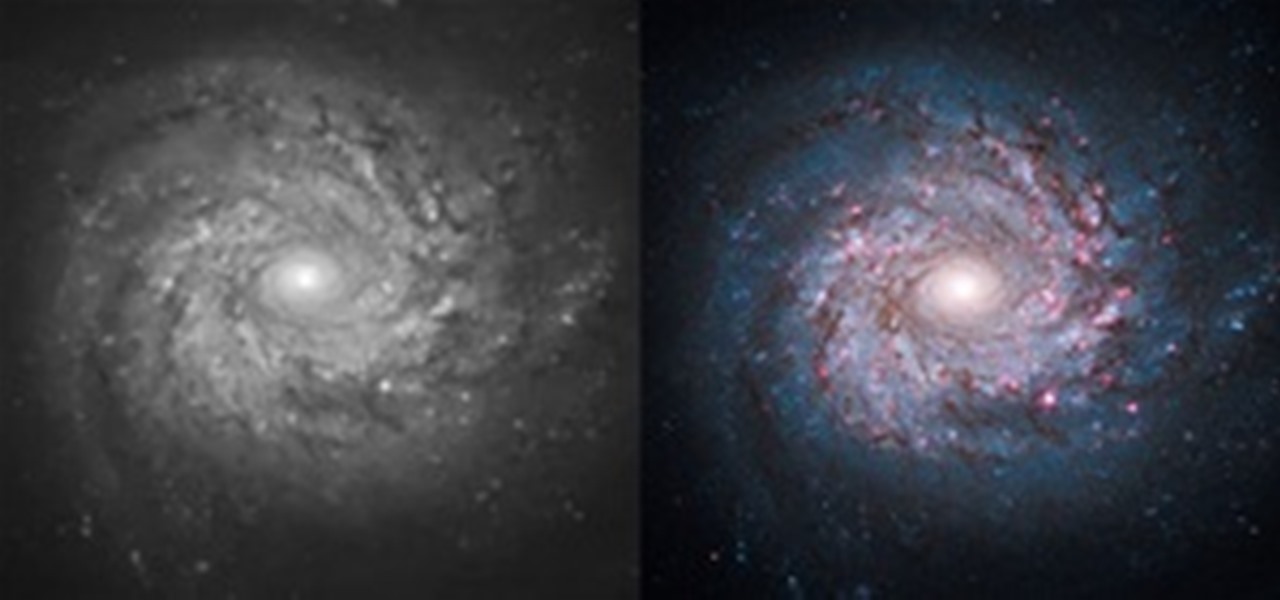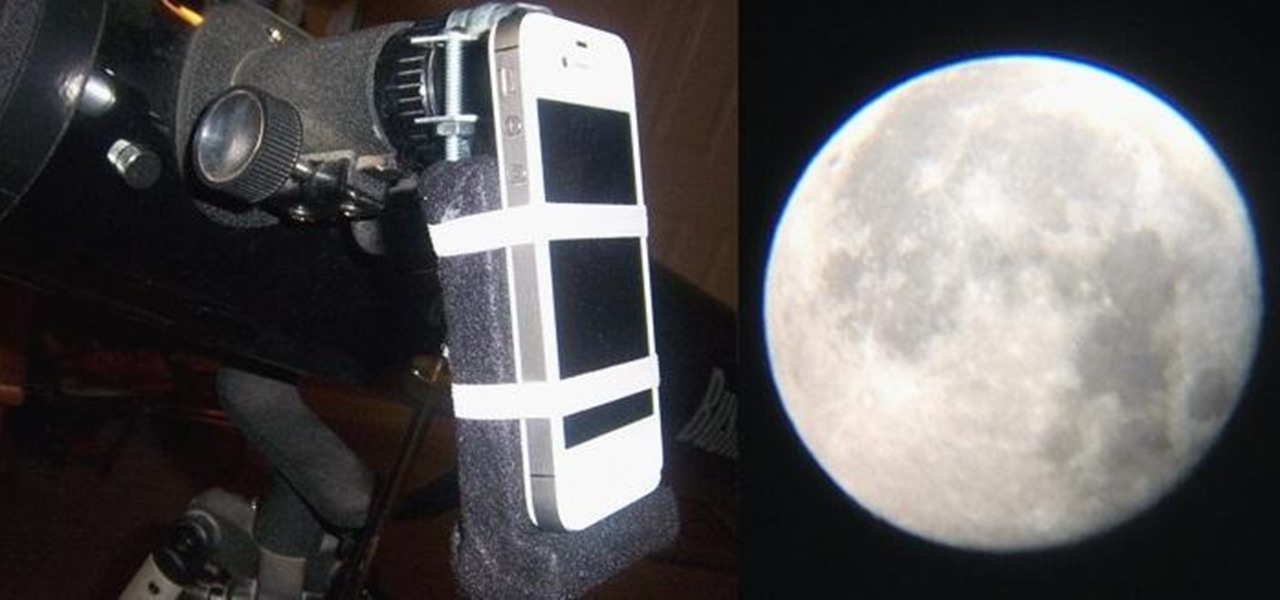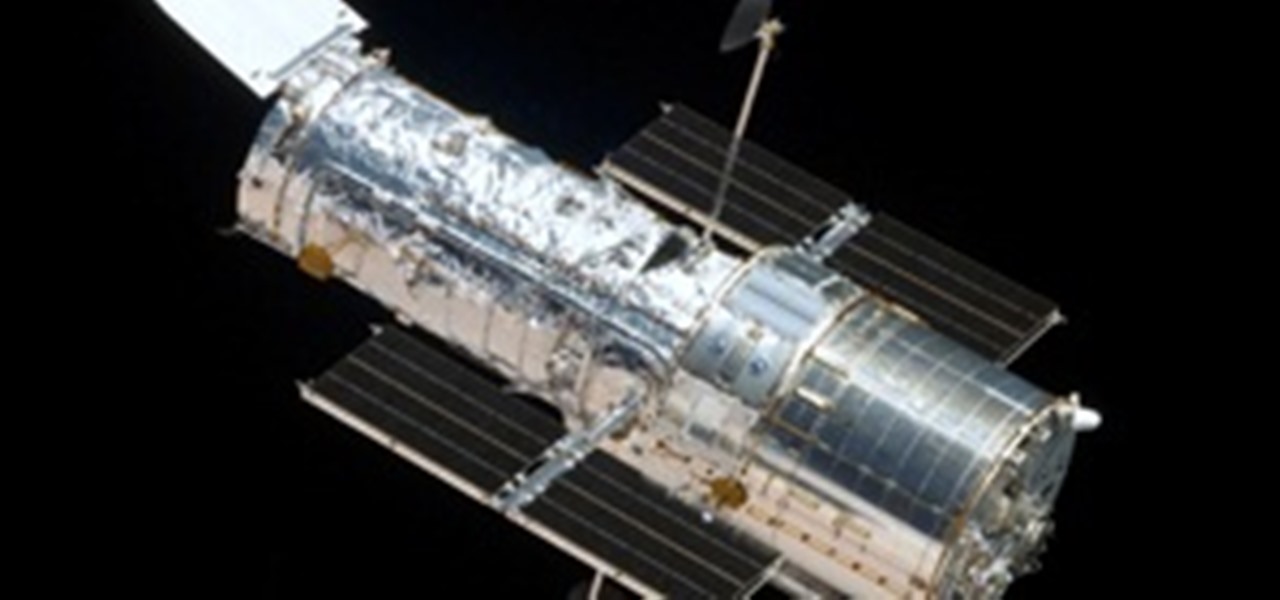Astronomy News

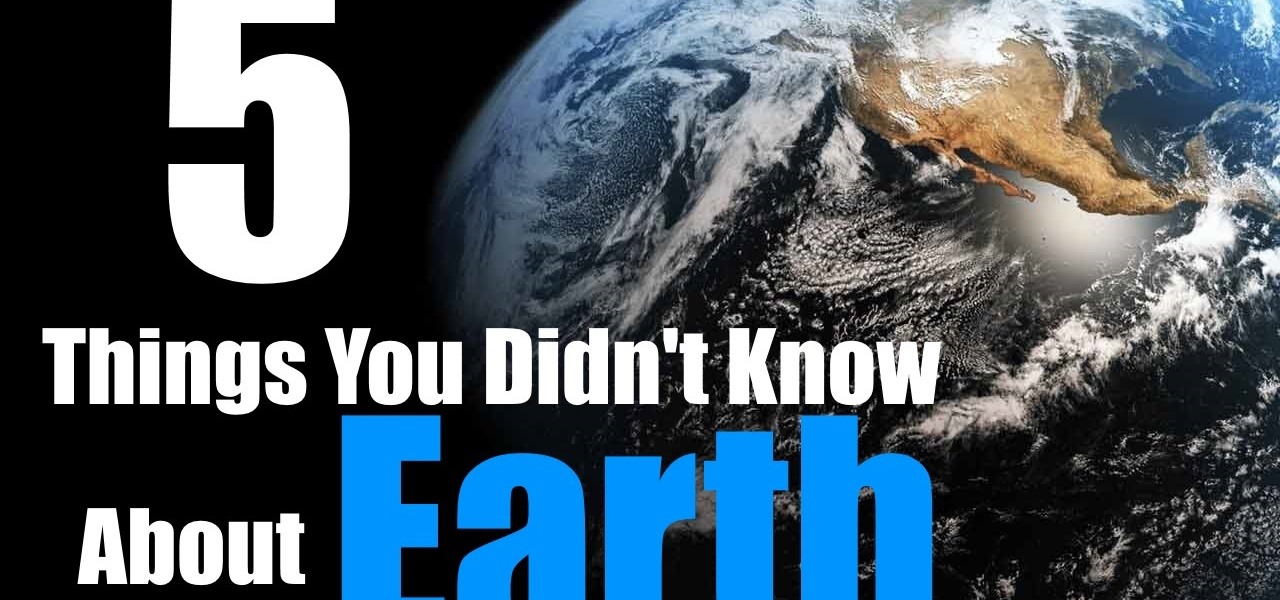
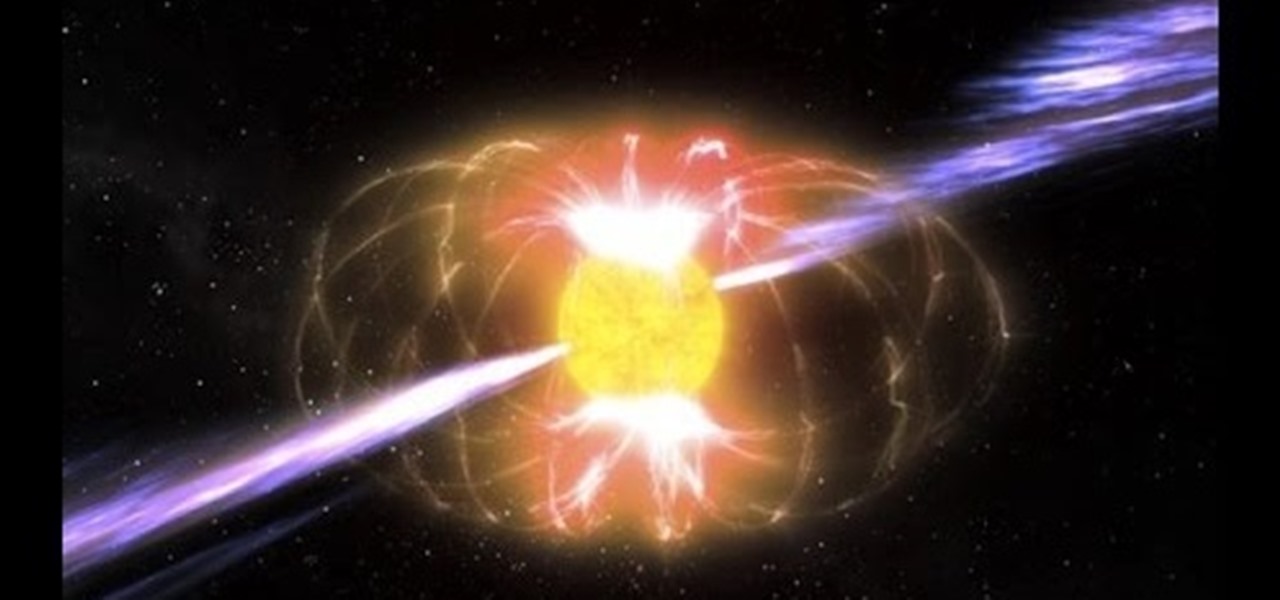
News: Top 5 Extraordinary Types of Stars!
There is many different types of stars in the universe. Majority of them are red dwarf stars. However, there are plenty of stars like ordinary stars (like our sun), red giants, blue stars and etc. Furthermore, when you look in the night sky, we see a lot of small and bright stars. What people don't know is that there are stars that are not even completely understood by astronomers and scientists.
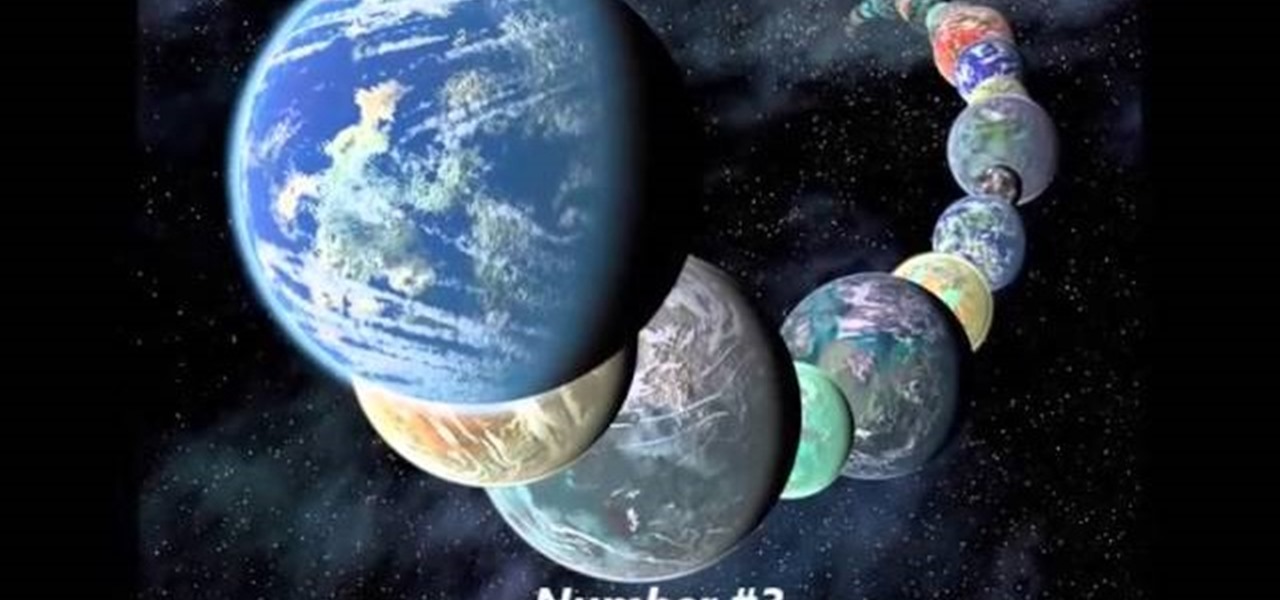
News: Top 5 Alien Worlds That Could Host Alien Life!
Video: . Extraterrestrial life is life that does not originate from Earth. It is also called alien life, or, if it is a sentient and/or relatively complex individual, an "extraterrestrial" or "alien" (or, to avoid confusion with the legal sense of "alien," a "space alien"). These as yet hypothetical forms of life range from simple bacteria-like organisms to beings far more complex than humans. The possibility that viruses might exist extraterrestrially has also been proposed.
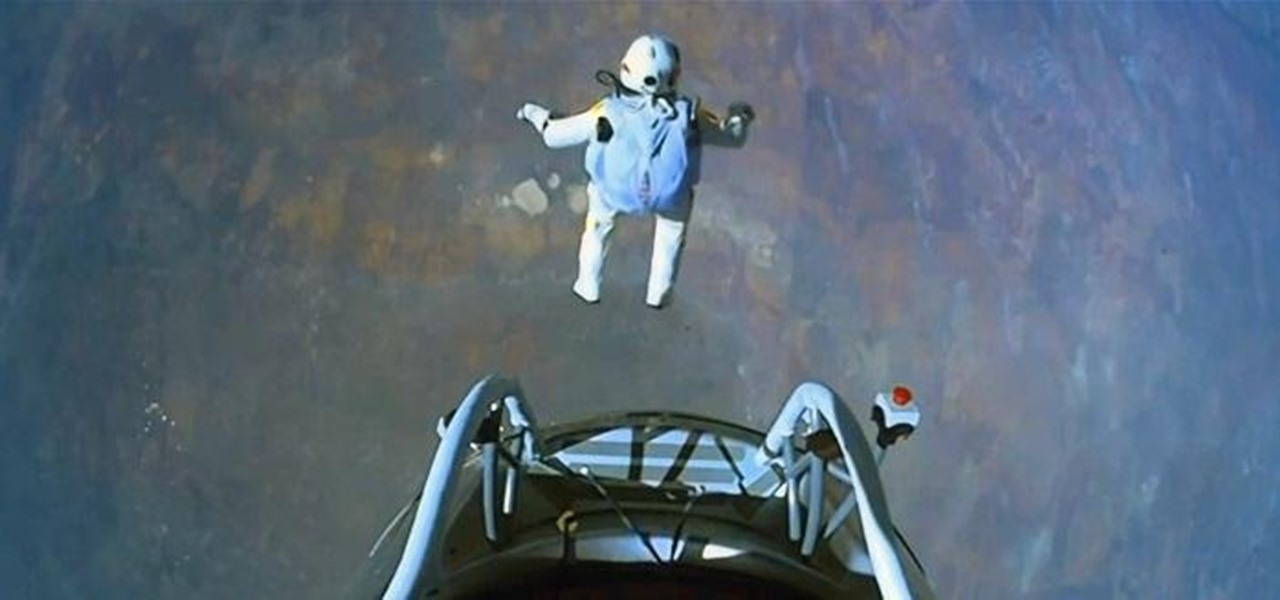
News: Watch the First Human Skydive from Space—Faster Than the Speed of Sound
Red Bull Stratos sent the first skydiver to space in a weather balloon this past weekend. Free-fall jumper Felix Baumgartner reached 24 miles in altitude in the Earth's upper stratosphere before he leaped from the capsule. Felix reached a maximum speed of 833mph, breaking the sound barrier, before slowing down at the atmosphere, where he finished with a 4:20 minute freefall.
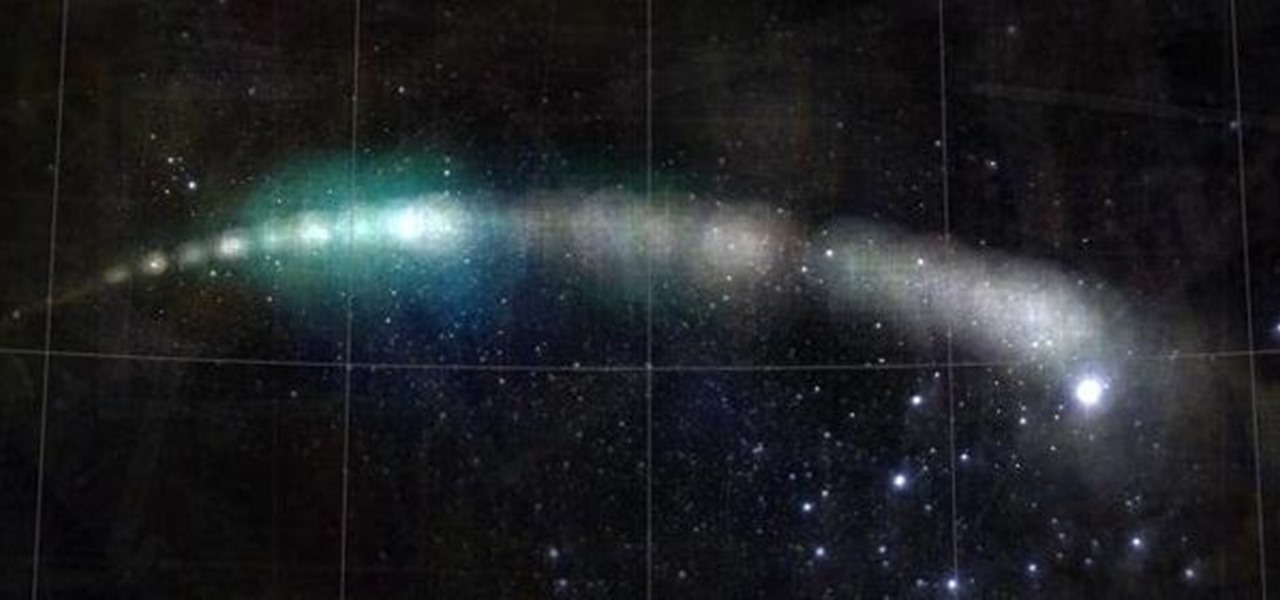
News: 1,300 Different Online Images Used to Create Orbital Map of Comet Holmes
Who uses Yahoo! Image Search, you ask? Scientists apparently.

News: Jupiter and Venus Rising Before the Sun
Right now, Jupiter and Venus are rising in the early morning hours just before dawn. I went outside on the morning of the 4th of July and saw Jupiter and Venus right next to each other with the Pleiades (The Seven Sisters) just above them and knew that the next morning I was going to have to get up early and set up my tripod to try and capture what I saw. I used my Panasonic GH2 with the stock zoom lens set to about 40 to 50 mm equivalent and with the aperture open to about f/5. I set my ISO ...
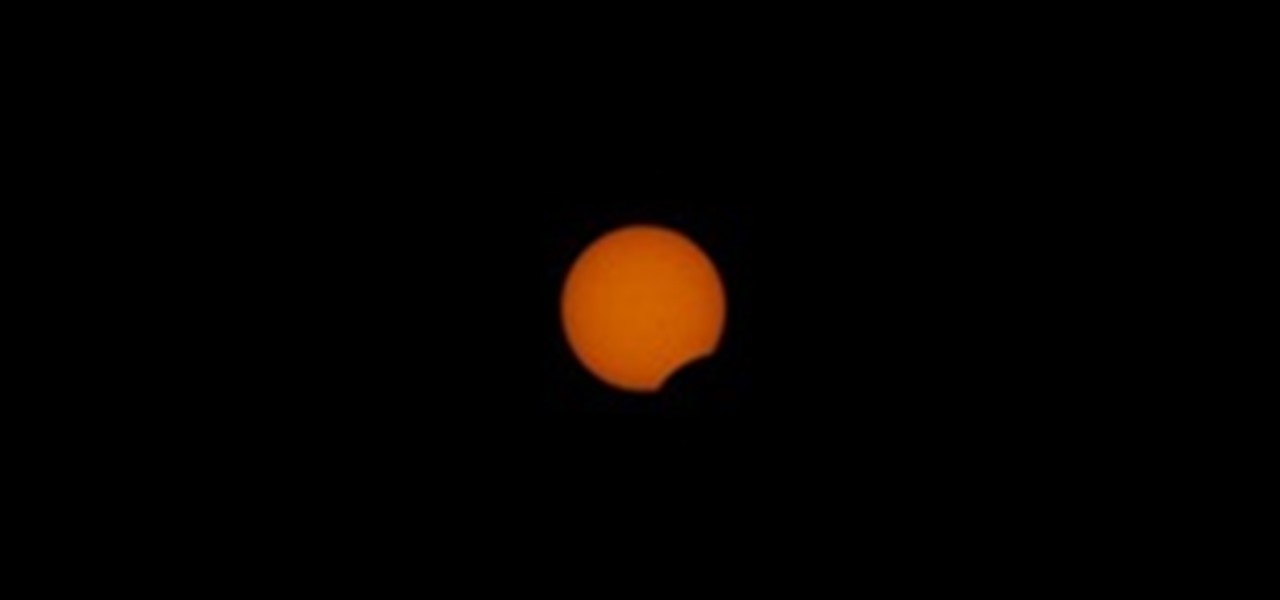
News: Some Small Pics of the Partial Solar Eclipse
I managed to take a few snapshots of the solar eclipse in the Malibu area, where it was just a partial. Just wanted to share a few. I've still got the same setup as when I took my supermoon pics, but hopefully one day I'll be able to get something bigger than my 105mm capabilities, something like Cory's awesome solar telescope (see his time-lapse of the annular)!

News: Time-Lapse Video of Sunday's Annular Solar Eclipse
The annular solar eclipse was amazing. It was so much fun watching the sun transform from a thin crescent to a ring and then to a thin crescent going the other direction. I'll be posting up the pictures used to make this video in various resolutions on my photography website over the next few days, all of the way up to the full 16 megapixel ultra-detailed images.
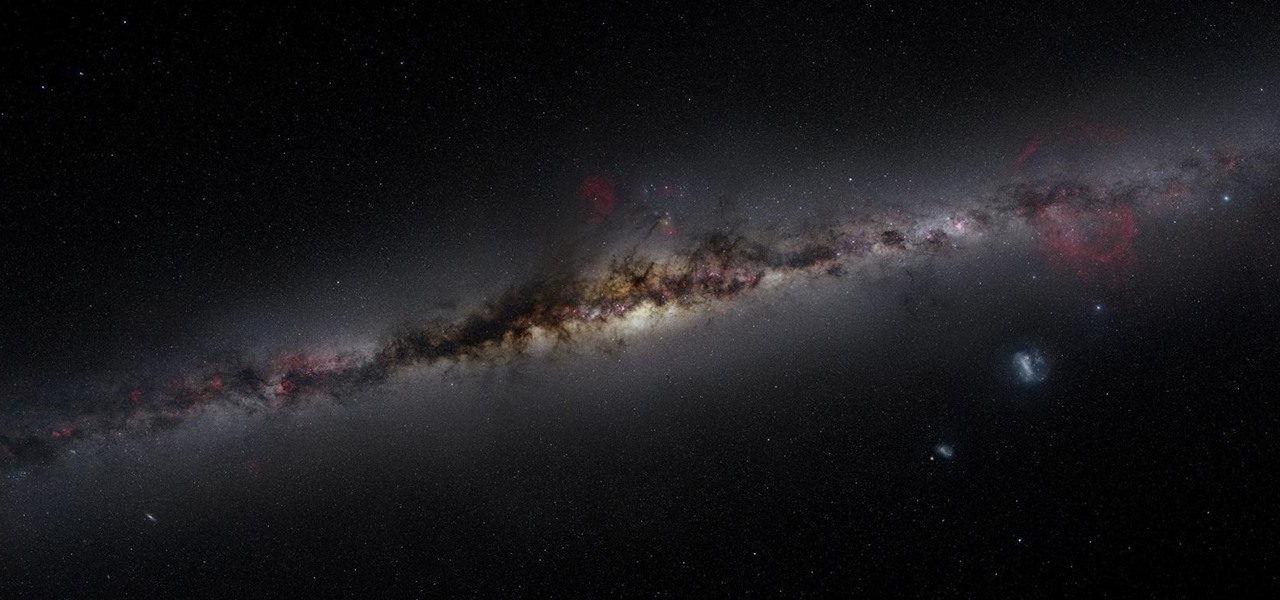
News: New Computer Simulation Reveals How Our Milky Way Really Formed After the Big Bang
For years, astronomers have been trying to figure out how our galaxy came to be. Even with the help of high-performance computers, no model of a spiral galaxy has ever been able to recreate the Milky Way, until now. An international team of researchers has created the first successful simulation of what happened 14 billion years ago to give our galaxy its unique shape. Turns out, all they needed was a bigger bang. Photo by IntelFreePress

News: Solar Scope Dialed in for the Eclipse
It's taken me several weeks to figure out the Meade Coronado SolarMax II 60 Double Stack telescope that I bought to produce a timelapse video of the solar eclipse but I'm pretty happy with the images I can produce now. Here's hoping for clear skies tomorrow!
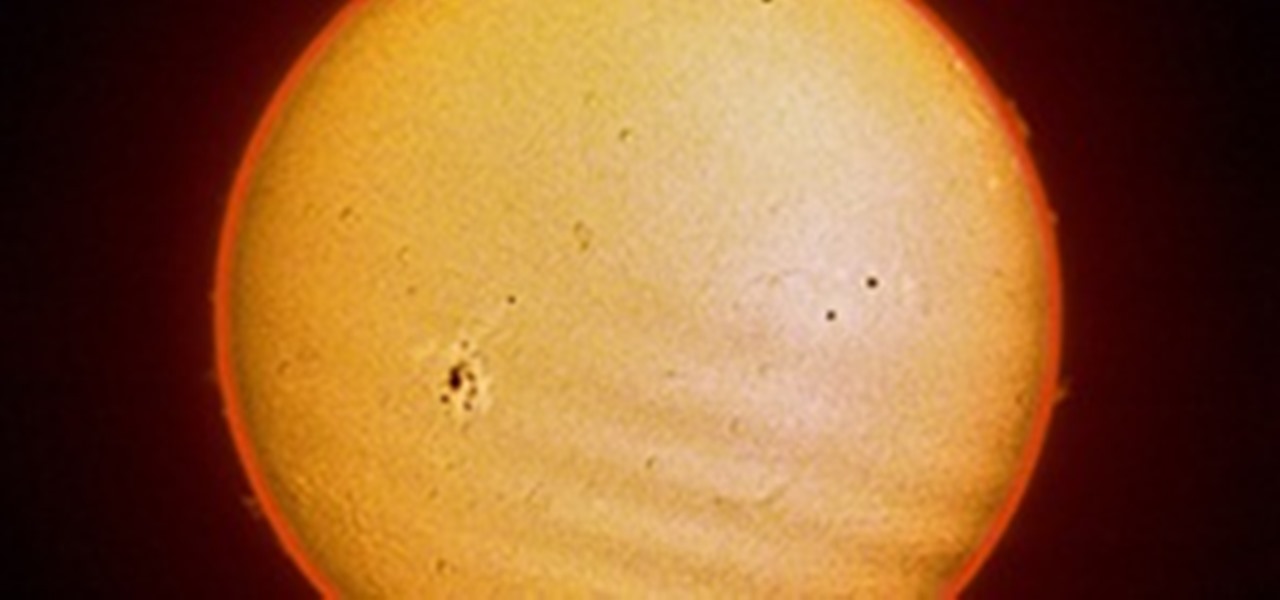
News: Sun Picture from My New Solar Telescope
There is going to be an annular solar eclipse on May 20th that will be visible in a narrow pathway that covers part of Eastern Asia and the Western United States. The eclipse will be seen as a partial eclipse over a much greater region of the World. I live in Redding, California, which luckily happens to be right in the center of the path, giving a perfect ring of fire effect during the peak of the eclipse.

News: Planning a Trip Straight Through Earth? Find Your Antipodal Destination!
Where would you end up if you dug a tunnel in your backyard straight through the Earth? If you live in the United States, you'd probably think that you'd end up somewhere in China. But despite what the hypothetical China Syndrome may have you believe, China is not the other side of the world.

News: Supermoon Pics from Last Night with a Standard Zoom Lens
So, I managed to take some pics last night of the supermoon. I was dropping someone off at LAX right around perigee, so all of the images I took off the side of the road were horrible, since there were tall buildings everywhere and nothing but street and parking lot lights blocking my shots.

News: Supermoon Pictures from Last Night
Last night was the so called "Supermoon," where the moon was at perigee, which is the closest orbital point to the Earth while the moon was in full phase. This makes the moon appear larger by up to about 14% and brighter by up to around 30%. I went out and used my 5-inch refracting telescope to take several pictures.

News: Lyrid Meteors Time Lapse Video and Still Pictures
The peak of the Lyrid meteor shower of 2012 was the night of Saturday, April 21, and I went to Whiskeytown Lake near Redding, California and took about 1,000 pictures. I used 3 Panasonic GH2s with various lenses and edited all of the shots together to make the time-lapse video below. You really have to watch it in full screen at 720p or 1080p HD in order to appreciate it. This is only my second attempt at a time-lapse video and my second attempt at filming meteors, but I was pretty happy with...
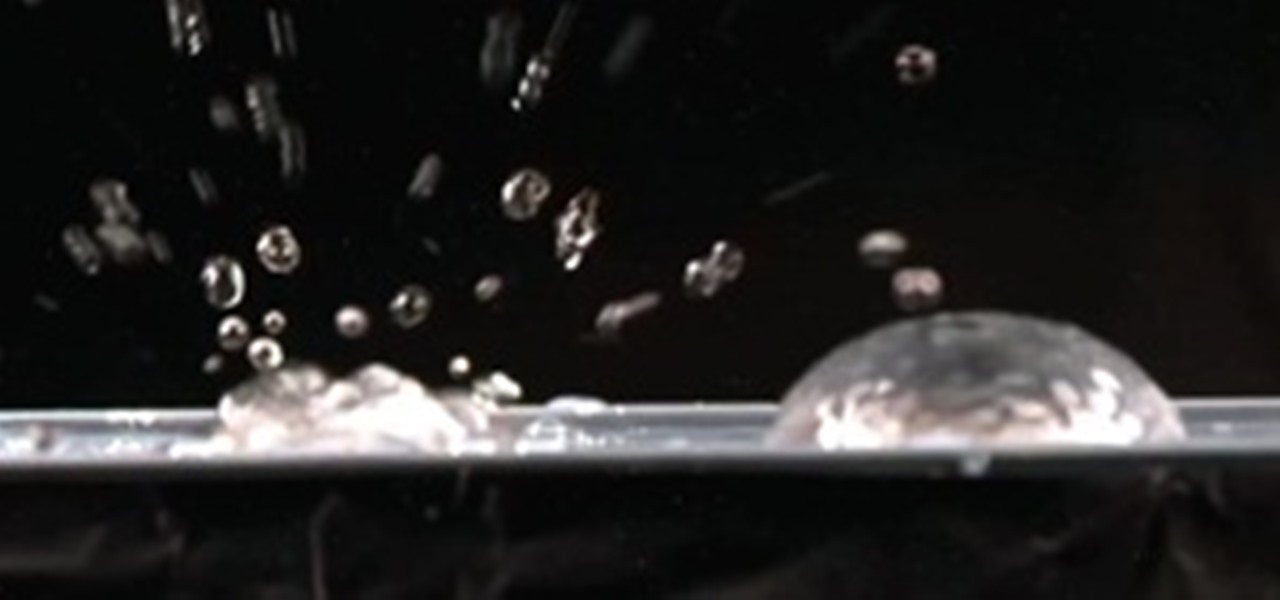
News: The Dance of the Hemispherical Water Droplets: Sound Waves in Space
Water covers approximately 70 percent of Earth's surface and the human body contains up to 78 percent water, depending on body size. Yet, water seems to be taken for granted here on Earth. But if you travel to an orbital altitude of about 250 miles, water starts looking pretty interesting. Especially to astronaut Don Pettit on-board the International Space Station.

Antibubbles in Microgravity: NASA Astronaut Experiments with Centrifugal Force in Space
When he's not taking orbital videos of Earth's auroras, NASA Astronaut Don Pettit is experimenting with water in zero gravity. He's already shown us how water droplets can orbit around knitting needles in a microgravity environment. Now he's playing with water again, this time—antibubbles.
Coming Soon: World's Biggest Digital Camera and Its 3.2 Billion Pixel View of the Skies
You're probably already impressed at some of the photos amateur astrophotographers can capture with their 16-megapixel digital cameras. I know I am. That's why I'm beefing up my camera skills, so I can also take some amazing pictures of our skies above. But if you can take photos this good with a 16-megapixel camera, imagine what you could do with something a little bigger, say, 3.2 billion pixels! That's a whopping 200 times more pixels!

News: Earth Is Only 400 Years Old, According to Groupon
So, I got this email today from Groupon claiming today is Earth's 400 birthday. Groupon is known for their humor, but how (and why) did they pick today as Earth's 400th birthday?
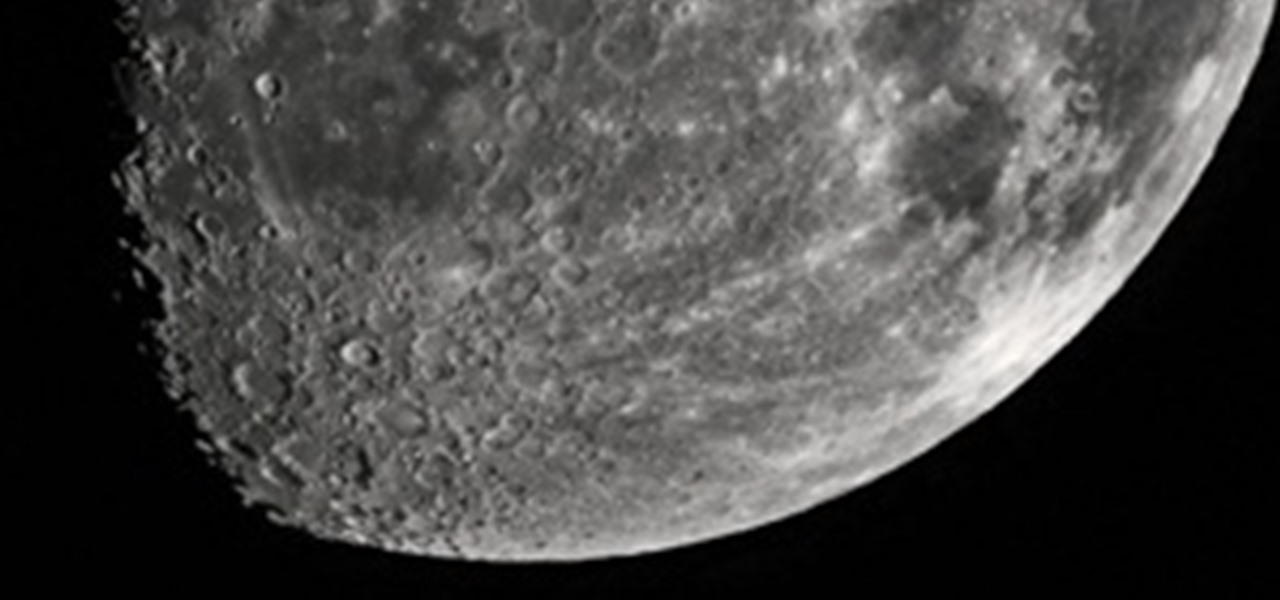
News: Images of the Moon, Saturn, and Venus from My New Telescope
I recently bought a new telescope and thought I would share a few images that I have taken with it. I am very new to astrophotography, but I hope to be able to post up some more images in the near future.

News: Hey, You! Astronomy World Is Looking for Contributors! Are You Up for the Task?
Are you a big astronomy enthusiast? Do you have some amazing astrophotography pictures you'd like to share? If so, become a contributor over here at Astronomy World! We are looking for new moderators, along with contributors, to post pictures and videos, write tutorials and astronomy-related news articles, and even share updates on how your observing went!

News: Astronomical Observing News (4/4 to 4/10)
There isn't much going on this week, but be sure to try viewing the Spica-moon conjunction. It will be hard to view with the full moon, but it will be spectacular if you can snag a peak.

News: Astronomical Observing News (3/28 to 4/3)
Grab your binoculars and telescopes, because there's a lot going on in the night skies this week. The usually dim Little Dipper will appear brighter as it moves to the right of Polaris, creating a cool effect with the Big Dipper. There's also a first-quarter moon and a really good view of Saturn. If you know of something else, share with us in the comments below!
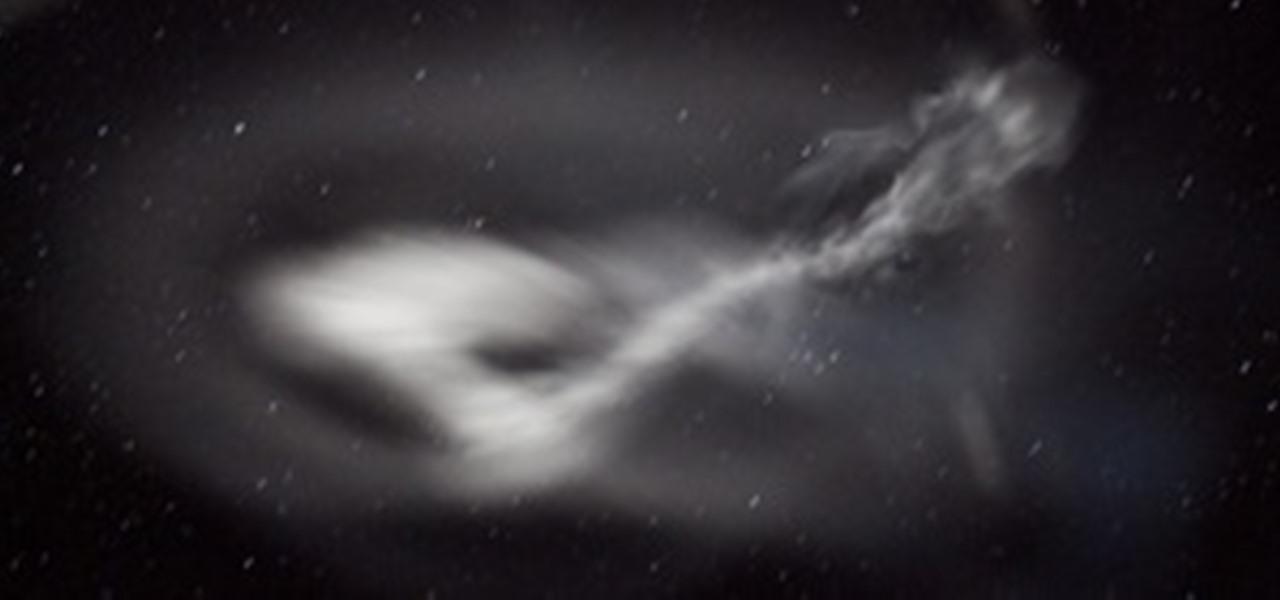
News: Watch NASA's Tracer Rockets Light Up the Sky with Cloud Trails
This morning, NASA launched the five suborbital sounding rockets from Virginia as part of ATREX (Anomalous Transport Rocket Experiment). Each rocket was launched 80 seconds apart and released chemical tracers that created "milky, white clouds at the edge of space." Now, I've seen plenty of bullet tracers in my life, but these are far more poetic. Take a look at the time-lapse video and see for yourself. Why shoot these tracer rockets? To help scientists "better understand the process responsi...
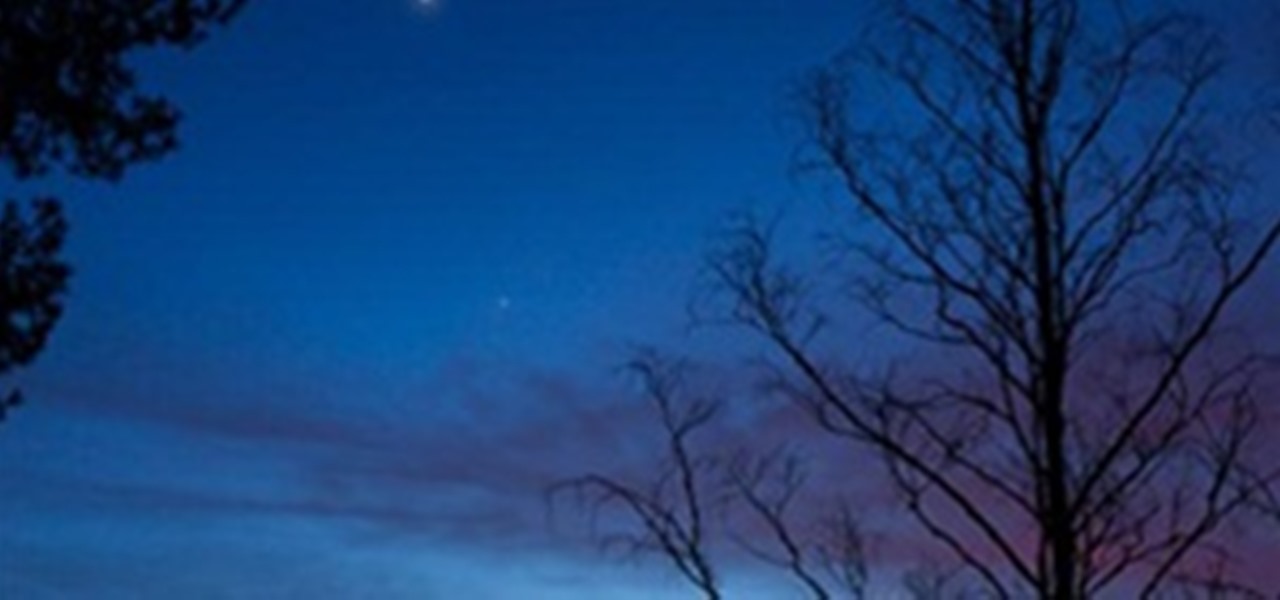

Important Astronomers: Isaac Newton
In my opinion, Isaac Newton is definitely the number two astronomer, right below Galileo Galilei. His discoveries were very important to uncovering the secrets of space, and he deserves to be remembered.

News: Astronomical Observing News (3/21 to 3/27)
Again, there are tons of events this week, and as usual, most of them are caused by Jupiter's moons. But there is some happenings with Venus, too, so don't miss out.
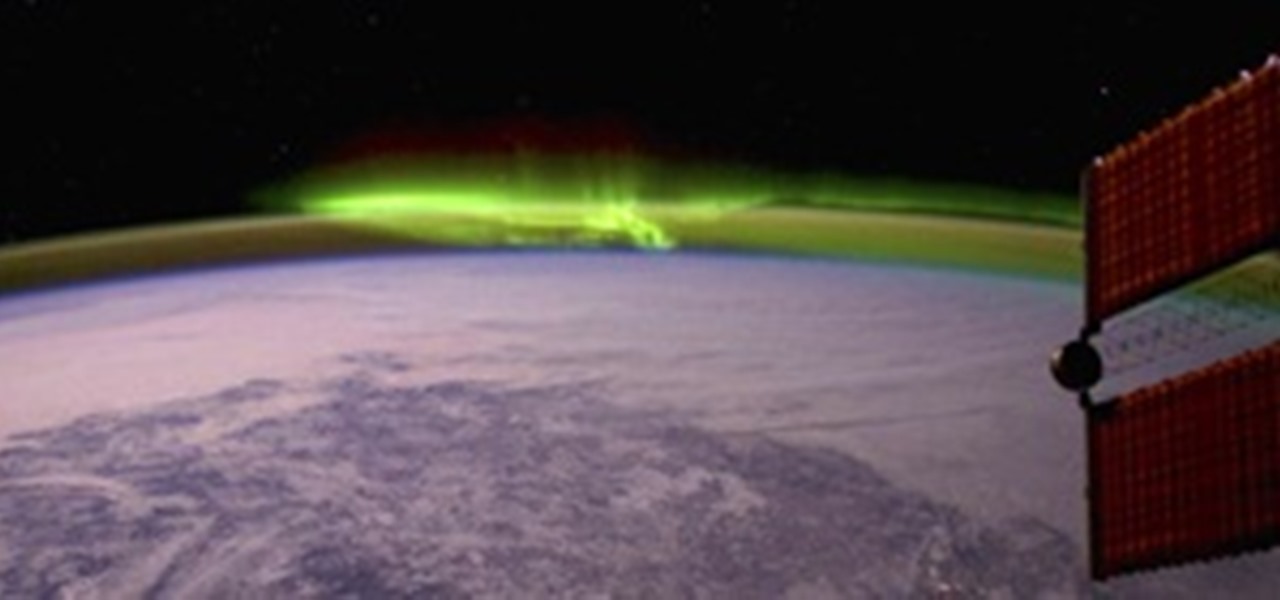
Auroras Underfoot: Watch Amazing Orbital Video of Geomagnetic Storms in Earth's Atmosphere
Seeing an aurora in person is one of the most amazing spectacles you could witness in the skies above. But what about the skies below?

News: Astronomical Observing News (3/14 to 3/20)
This week, there's a lot going on in the skies above, with at least one event per day! There's also an equinox, which only occurs about twice a year!

News: Biggest Solar Flare On Record!
On March 6, the STEREO and SOHO instruments detected a huge solar flare- the biggest ever recorded! The effects of it are now starting to reach the Earth- be sure to look for auroras later tonight!
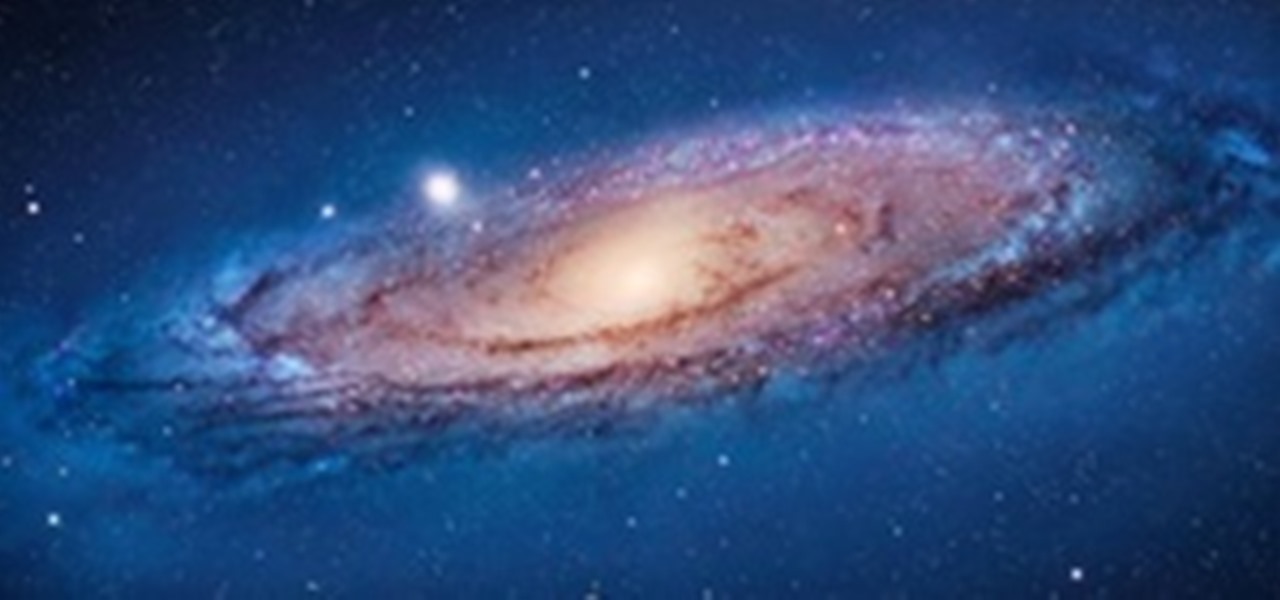
News: Calvin & Hobbes + OS X Desktop Wallpaper
I came across these beautiful wallpapers while browsing +Guy Kawasaki's Google+ stream. Basically, someone combined Calvin and Hobbes with the OS X Lion desktop wallpaper to make some truly fun artwork. Click on the link for access to the full-resolution wallpapers.

News: Astronomical Observing News (3/7 to 3/13)
AON is moving to Wednesdays! There are lots of things going on this week in the skies above, so be sure to observe. As usual, there's a lot to see around Jupiter, with its moons eclipsing and transiting. Also, a star from the Virgo constellation will be in conjunction with our Moon.

News: Astronomical Observing News (2/29 to 3/5)
This year is a leap year, which means today is leap day! I will be explaining why this happens and some special conditions below in the AON. Plus, there is a new feature this week—elongation! Be sure to check it out below.

Important Astronomers: Galileo Galilei
I'm starting a series on the top astronomers, with probably about eleven astronomers that I will be covering overall. So, let's start out from the top, with the top most important astronomer. In my opinion, Galileo Galilei is the top astronomer.

News: Photos of Mercury and the crescent Moon
Tonight, I saw Mercury for the first time. Mercury is a hard planet to see, even though it is quite bright, because it's orbit is so close to the sun. The angle Mercury makes with the Earth and the Sun is never more than about 25 degrees and most of the time it is much less. As a result, you can't ever see Mercury during the night but at a couple of times in it's orbit you can see it at either dawn or dusk. Right now, Mercury is close to it's greatest eastern elongation and can be seen low in...

News: Astronomical Observing News (2/21 to 2/27)
There's not much going on this week in the skies above, but there are a lot of conjunctions to take a peek at! And of course, there's the comet Garradd that's still showing its tail to us down here on Earth, so make sure to catch it before it's gone. The rest that's going on this week:

News: Astronomical Observing News (2/14 - 2/20)
The Garradd comet has just about reached its absolute peak! By the way, I took those pictures below of the moon through my iPhone using an adapter. Pretty cool, right?
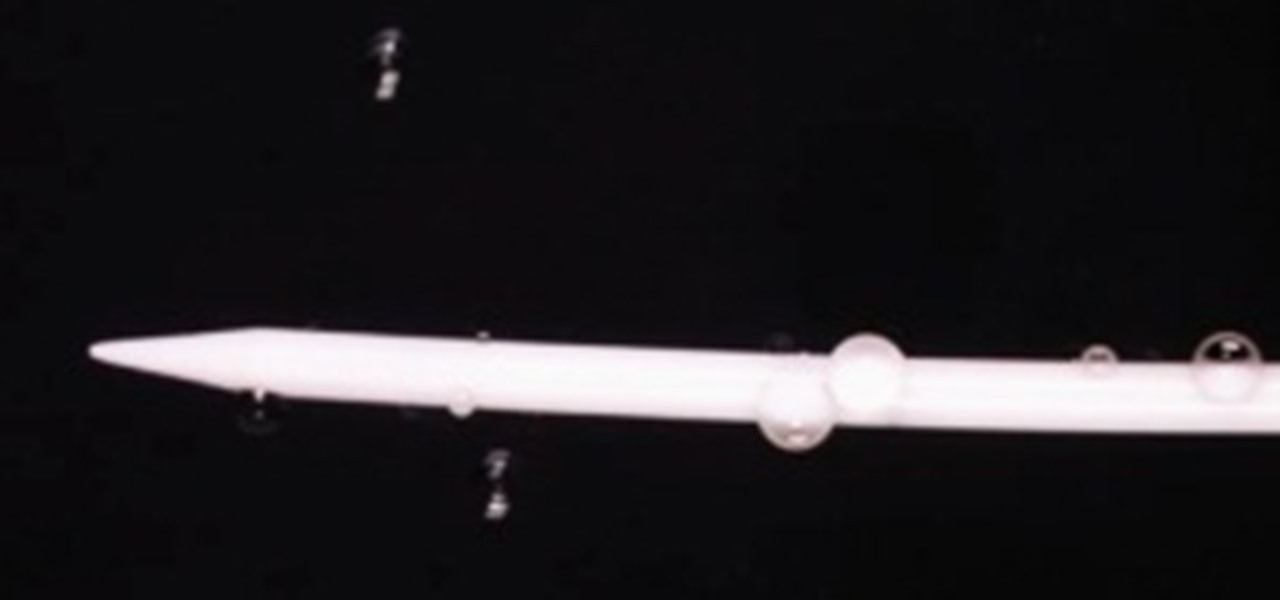
Dancing Droplets: Water Orbits Statically Charged Knitting Needles in Space
His name is Don Pettit, but I like to call him Space MacGyver. He's well known for his paper clip fixes and ingenious coffee invention in zero gravity, and we've all seen the NASA astronaut in his Saturday Morning Science videos during his first stay on the International Space Station. And now he's back on the ISS with a brand new physics-related show... Science Off the Sphere.

News: Two Bright Nebulae in Orion's Sword
My attempt at real astrophotography. The two bright nebula are M 42 and M 43 located in Orion's Sword. I took about 20 images at ISO 800 and 1.6 second exposures using a 300 mm lens and stacked them in Photoshop after repositioning them because of the movement of the sky. This is cropped in just a tiny bit.

News: Astronomer Creates "Meteorito" Wine That's Out of This World—Literally
What happens when you combine a passion for astronomy and a love of wine? Cabernet that's out of this world. Literally. It's called Meteorito, and has a berry, nutty flavor with just a hint of iron and nickel. The wine was made by oenophile and amateur astronomer Ian Hutcheon, who runs his own vineyard and established an observatory in Chile called Centro Astronomica Tagua Tagua.



